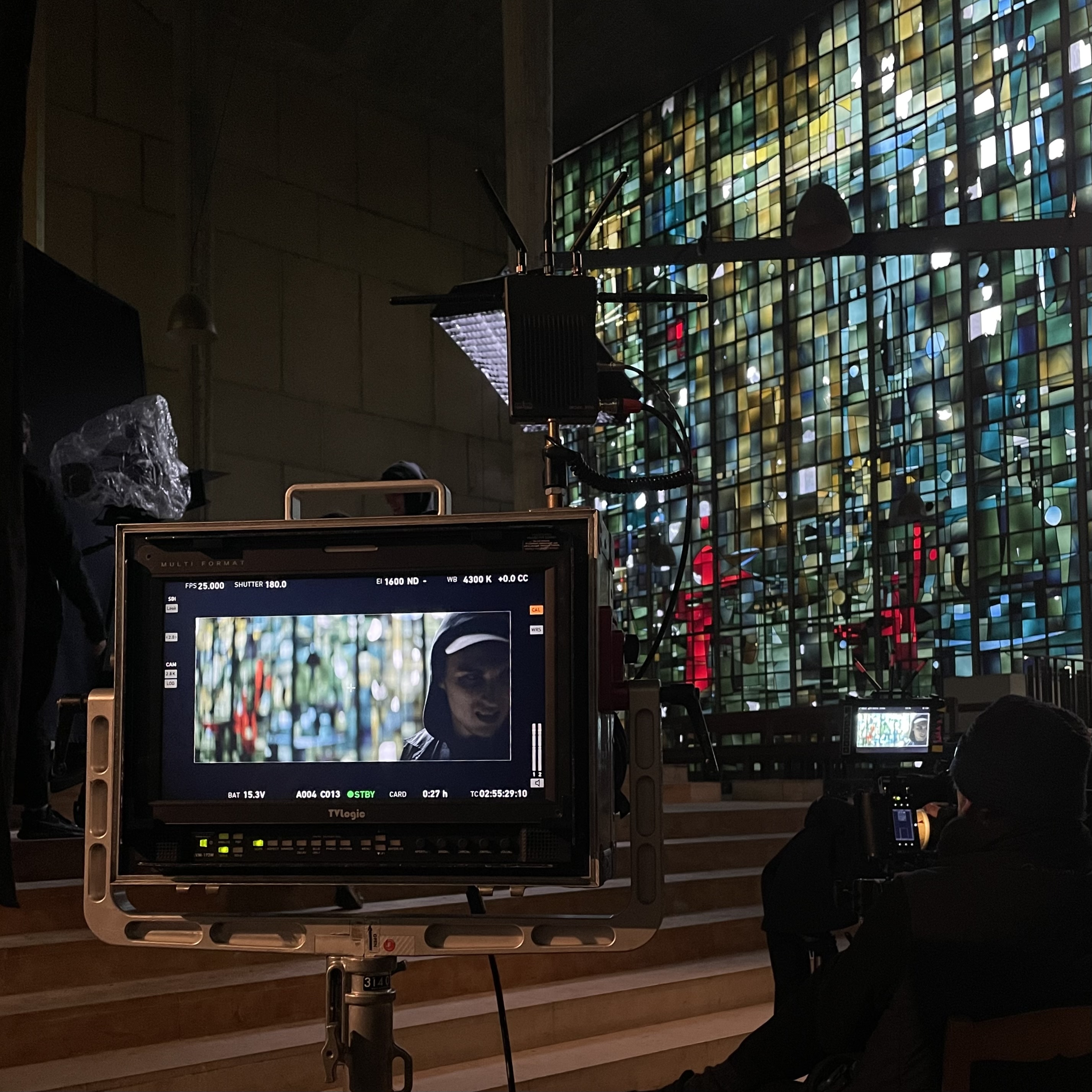MENU

France is globally recognized for its rich cinematic history and distinctive approach to filmmaking. While its production workflows are broadly aligned with international standards, some unique structures—especially in crew hierarchy and payment systems—set it apart.
If you're planning on filming in France, partnering with a trusted service production company in France or a knowledgeable French fixer can help you navigate these nuances efficiently.
In France, the production team is structured in a way that balances creative vision with strict organizational standards.
The producer typically hires a freelance Directeur de Production—a hybrid between a line producer and a production manager. Their role is pivotal: they manage the budget, hire the local crew (excluding director and producers), and provide everything the director needs to bring the creative vision to life.
Unique to filming in France, the Régisseur Général combines the responsibilities of a production coordinator and a location manager. Their tasks include:
A great Régisseur Général can dramatically enhance your shoot. Some specialise in fashion and luxury, while others are more experienced in narrative or small-scale productions—so it’s crucial to choose one that fits your project’s tone and scope.
The 1st Assistant Director in France operates just like in many other countries—managing the flow of the shoot and ensuring communication across departments.
When working with a French fixer or service production team, make sure your ADs are fluent in both the language and the production culture—they’re vital to keeping things running smoothly.
In France, grips are responsible for rigging—for both lighting and camera setups. They also handle special equipment like cranes, vehicle rigs, and can support Steadicam operators.
Key points:
This local equipment system can be a cost-saver, but remember: it’s almost always required to pay for the bijoute as part of your crew package.
French camera crews are known for their precision and skill—especially their focus pullers (1st ACs).
Expectations for the camera team:
When working with a French service production provider, they often organise data backup logistics and handle them to the executive team, it’s always recommended sending hard drives with different crew members or via separate couriers for safety.
A unique feature of filming in France is the intermittence system—a government-supported labor scheme for freelancers in the creative industry.
Here’s how it works:
Example:
If a crew member’s rate is €100/day, you’ll pay €165 total, and the technician receives approximately €90 after deductions.
While this system adds to your budget, it’s not optional—and your French service production partner or fixer will handle all the necessary paperwork.
Whether you're shooting a commercial in Paris, a fashion editorial in the South of France, or a narrative film in the countryside, a local French fixer or full service production France partner is essential. They bring:
local regulations and crew dynamicsFilming in France can be a smooth, rewarding experience when you have the right people by your side. From understanding the role of the Régisseur Général to navigating the intermittence system, working with a skilled French service production company ensures you meet your creative goals while staying compliant, efficient, and well-supported.
Whether you choose a full team or a seasoned French fixer, the key is collaboration, transparency, and respect for the unique way things work in the French film industry.